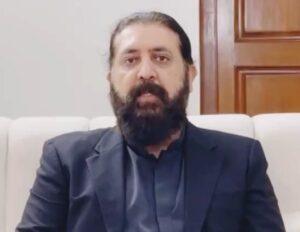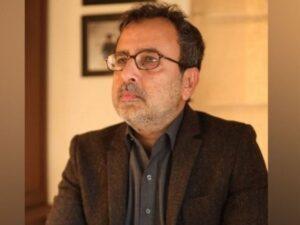Ever since it came to power last year, the government of Khyber-Pakhtunkhwa has consistently made headlines. Unfortunately, none of the major commitments from the current politicians have benefited from the country’s future leaders who remain deprived of the basic key of success, education. Recently, the government of Khyber-Pakhtunkhwa has approved the recruitment of another 10,000 teachers to tackle their growing deficiency in schools. However, the teachers who were hired during the previous tenure of Pakistan Tehreek-E-Insaf (PTI) continue the government and demand the permanent employment status. In Khyber-Pakhtunkhwa, and especially in Peshawar, teachers’ protests and strikes have become a frequent occurrence that not only causes significant disadvantage to the public, but also disturbs valuable classrooms for students. As a result, parents and educational experts are becoming more and more concerned about the future of children in the province because of the ongoing educational disorders. Shah Nawaz Khan, an educational expert, expressed his disappointment over the lack of progress in tackling the education crisis in KP, even though the PTI government had been in power for over a decade. "Despite many years of governance, teachers still protest their temporary employment status, while the quality of elementary school and higher education also deteriorates rapidly," lamented Khan. Khan also pointed out that the condition of the schools, especially in rural areas, has worsened to the point where, after universities and colleges, elementary schools now face serious challenges. "It is a shame that the current government has failed to take significant action to date," Criticized Khan. According to sources from the education department, a total of 591 government schools are throughout the province, including Peshawar and merged tribal districts, non-functional, of which 74 percent or 438 are girls schools. In addition, 462 of these schools have no teaching staff, 49 awaiting merger, 40 has zero enrollment, 13 are closed due to security reasons, while 13 others have neither teachers nor any students. In addition, 6 schools have staff who are irregular in their participation, 5 schools are under illegal occupation, while 3 schools are controlled by influential landmafies. The most affected areas include South Waziristan with 85 closed schools, followed by Upper Kohistan with 68, Kurram with 64, and Bannu with 38. There are facing students and parents. Omar Orakzai, another educational expert, emphasized the urgent need for a comprehensive political roadmap to tackle the growing number of children outside the school, who have now exceeded 5.5 million and is expected to reach over 10 million if the situation continues.
"The government has to focus on improving both the infrastructure and the quality of learning at schools since the ongoing strikes and boycotts of teachers have disrupted education seriously, leaving students like the primary victims," Noted Orakzai. According to sources from the Department of Elementary and Secondary Education, a total of 3,047 schools are over KP, including them in the wounded and merged tribal areas that are in great need of significant learning facilities, including furniture. In particular, the South Waziristan tops the list, where 281 schools lack furniture. Other districts such as North Waziristan, Khyber and Karak are also seriously affected. Among the list of schools missing furniture are 1,295 schools in resident areas and 1,752 in tribal districts, while 515 are schools for girls. On the other hand, the correspondent attempted to reach the Director of Primary School and Secondary Education and Minister of Education for their comments on the matter; However, no answer was received.



